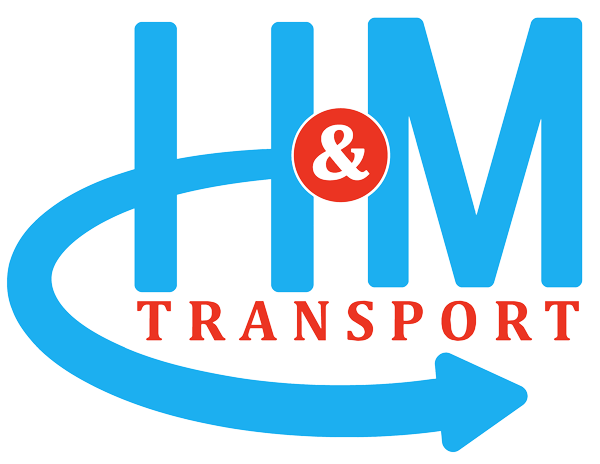Depending on your disabilities and needs while being transported, taking any mode of transportation other than non-medical transportation can be expensive and dangerous. Taxis and driver services that use hailing apps, such as Uber and Lyft, are just not equipped to accommodate patients with disabilities.
While app-hailing driver services are making improvements to address the needs of disabled patients, most of them just aren’t as accessible as they should be. Regular taxis and dispatched taxis offer little to no accessibility for disabled people, and it doesn’t look like they’re addressing the demand for it anytime soon.
Inaccessibility of taxi cabs and app service vehicles
Most medical transports are specially equipped for people with disabilities and special needs. Taxi cabs, on the other hand, are just regular cars, often with a partition between the driver and the passenger. The partition alone reduces the passenger’s mobility by restricting the legroom in the back of the car.
Not all taxi cabs are cars, but they all lack any sort of extra special safety equipment or handicap accessibility features. Uber and Lyft do not suffer from the same partition issue as their cars are typically akin to personal vehicles. Either way, they do not provide accessibility or safety in the same way medical transport would.
Impatient and untrained taxi drivers
A taxi driver has one job and that is to get customers from one location to another. Taxi drivers are not required to make any extra effort beyond driving. That includes helping disabled patients in and out of the vehicle; placing or retrieving any special equipment in the trunk, or being patient and understanding.
Most drivers are not trained to deal with crises and can oftentimes become frustrated, panicky, or even annoyed when a disabled person can’t communicate or is in distress. It’s not that taxi drivers are mean, cold-hearted, monsters; they just lack the kind of experience and compassion that you would receive from a trained medical transport driver.
Specially equipped vehicles
H&M Transport has non-emergency medical transport vehicles that are well equipped to help patients be transported safely and securely. These modified vehicles are spacious, have extra safety equipment and harnesses, and come equipped with ramps and lifts.
Depending on your needs, whether you’re suffering from obesity, restricted to a wheelchair or walker, require a stretcher, or are visually impaired, it is important that you get proper accommodations to fit your needs.
Using a medical transport service like H&M Transport ensures that the vehicle you’re being transported in is routinely inspected and serviced; reducing the risk of accidents and breakdowns.
Trained drivers
H&M Transport’s non-emergency medical transport service has an experienced and compassionate team, from dispatchers to drivers. They are there to help you reach your destination professionally, safely, and in a timely fashion. A trained H&M professional driver will be able to assist you in getting in or out of the vehicle and will be able to assist you with any special equipment, such as a wheelchair or walker.
It works best if, when scheduling your commute with H&M Transport, you let the dispatcher know about any mobility limitations and special requirements, so your professional driver can be better equipped to help you.



